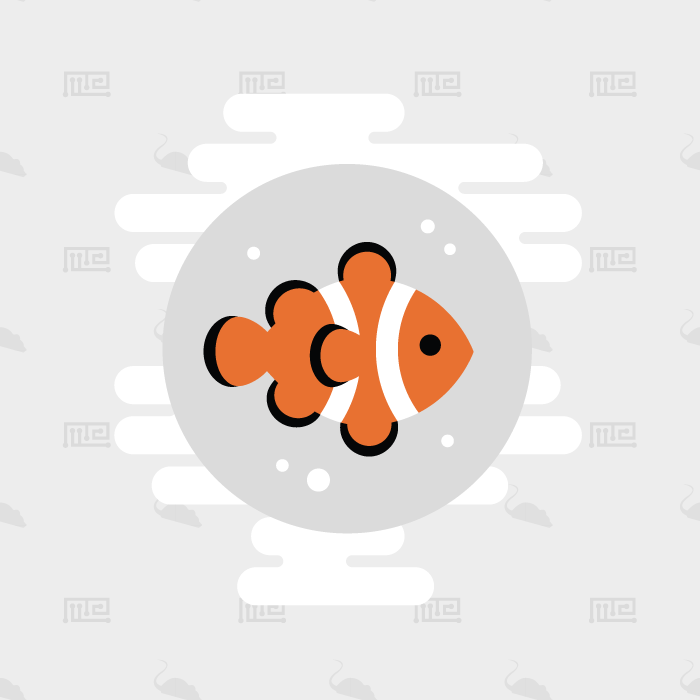The Complex Fish Maze is used to study the spatial learning and navigation abilities of fish. It consists of multiple T-junctions, which increases the complexity of the maze and challenges the subject’s decision-making abilities and memory. Unlike other apparatuses such as the T-Maze, Y-Maze, or the Zebrafish Three-Chamber Choice, which assess spatial learning and memory in a two-choice or three-choice paradigm, the Complex Fish Maze contains six consecutive T-junctions.
Mazeengineers offers the Fish Complex Maze.

